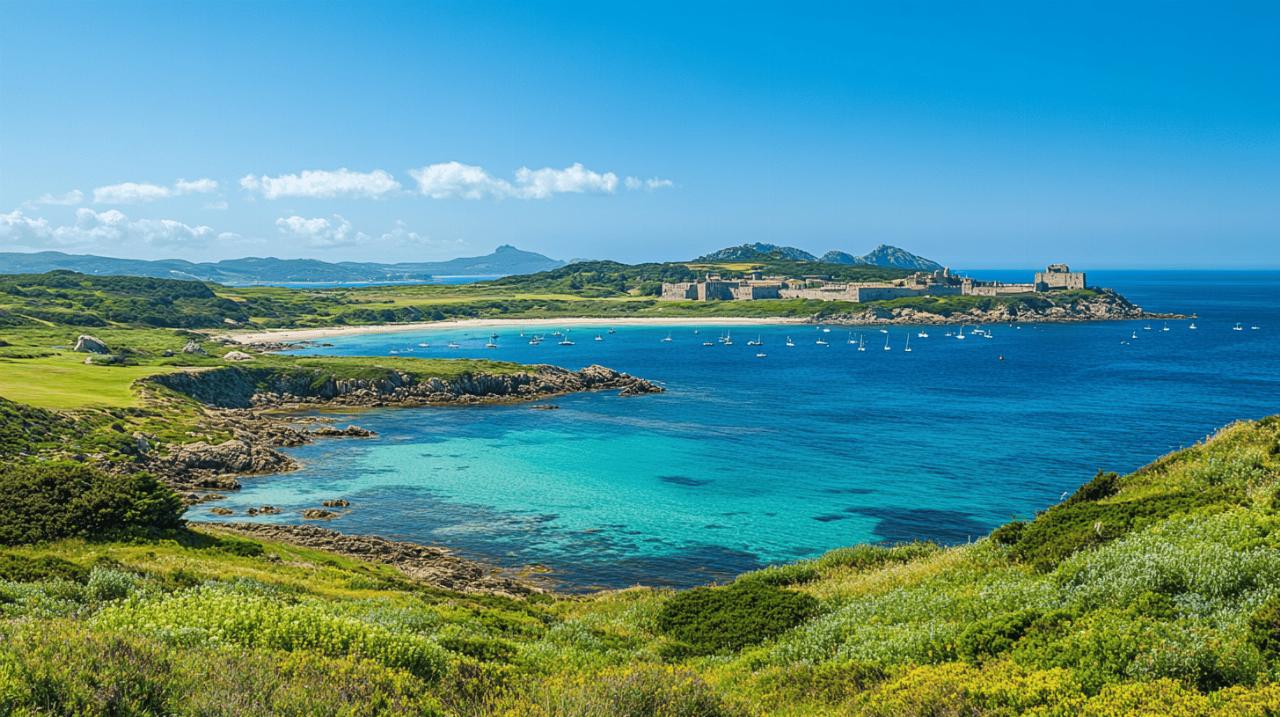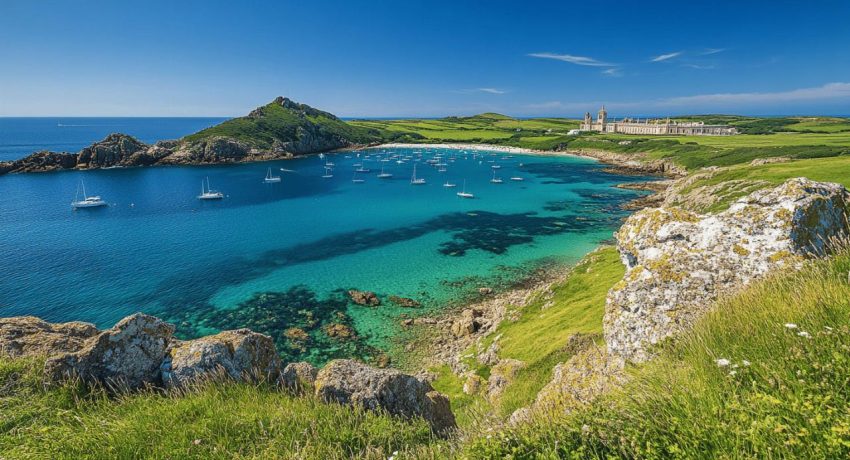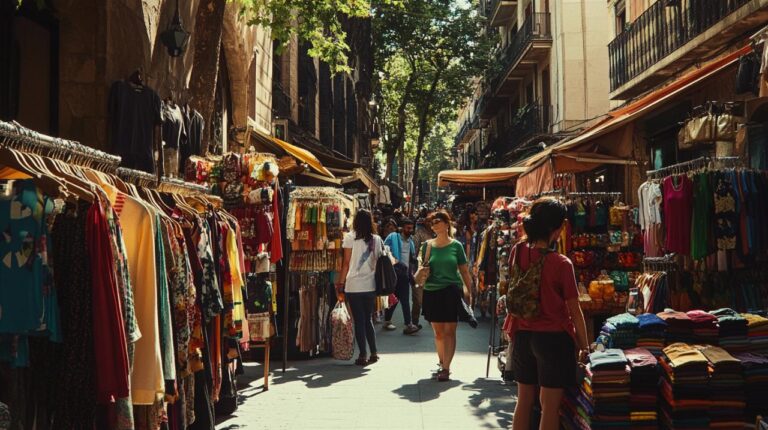Planning a trip to the enchanting Scilly Islands offers travelers a unique blend of natural beauty, island charm, and serene experiences away from mainland bustle. Located off the coast of Cornwall, these stunning islands present visitors with diverse landscapes and memorable adventures worth exploring.
Discovering the scilly islands
The Isles of Scilly sit approximately 30 miles from Cornwall's coastline, comprising over 140 islands with only five being inhabited: St Mary's, Tresco, St Martin's, Bryher, and St Agnes. Each island maintains its distinct character while sharing the archipelago's mild climate and stunning coastal scenery.
Best time to visit the archipelago
The optimal period to explore the Scilly Islands falls between May and September when temperatures average 15-21°C (59-70°F). June stands out as particularly ideal, offering pleasant sunshine with fewer crowds than peak summer months. Spring (March-May) attracts flower enthusiasts, while autumn (September-November) provides excellent birdwatching opportunities. Winter months remain the quietest, with many travel options available year-round as discussed on elrinconcunqueiru.com through their guide about hiking paradise and reaching the Isles of Scilly.
Transportation options between islands
Island hopping forms an essential part of any Scilly Islands experience. Regular inter-island boats connect the five inhabited islands, costing approximately £13.50 per person return. The journey from St Mary's to other islands like St Martin's takes roughly an hour, with a one-way ticket priced at £6.75. For those seeking more flexibility, private water taxis such as the Endeavour are available for around £55. Many visitors also appreciate the established boat schedules that make day trips between islands straightforward and accessible during their stay, with details about routes and costs found on elrinconcunqueiru.com.
Navigating spain like a local
 Spain offers a rich tapestry of experiences for travelers, with each region presenting its own unique customs and flavors. From the bustling streets of Madrid to the coastal charm of Barcelona, understanding local customs enhances your journey tremendously. When planning your Spanish adventure, consider visiting during shoulder seasons (April-May or September-October) to avoid crowds while still enjoying pleasant weather.
Spain offers a rich tapestry of experiences for travelers, with each region presenting its own unique customs and flavors. From the bustling streets of Madrid to the coastal charm of Barcelona, understanding local customs enhances your journey tremendously. When planning your Spanish adventure, consider visiting during shoulder seasons (April-May or September-October) to avoid crowds while still enjoying pleasant weather.
Regional cuisine differences across Spain
Spanish gastronomy varies dramatically from region to region, creating a culinary map worth exploring. In the north, Galicia prizes seafood dishes like pulpo a la gallega (octopus with paprika). The Basque Country boasts pintxos – small, elaborate appetizers that showcase local ingredients. Central Spain, including Madrid, serves hearty cocido madrileño stew and tender suckling pig. Catalonia features pa amb tomàquet (bread with tomato) and seafood paella, while Andalusia in the south offers gazpacho and pescaíto frito (fried fish). Valencia claims the original paella valenciana with rabbit and chicken rather than seafood. Each region pairs meals with local wines – crisp Albariño in Galicia, robust Rioja in the north, and sweet sherry in Andalusia. Meal timing differs from many countries – lunch typically starts at 2pm and dinner rarely before 9pm, with many restaurants not opening until 8pm.
Cultural etiquette every traveler should know
Mastering Spanish cultural etiquette transforms you from tourist to respectful visitor. Greetings involve dos besos (two kisses, one on each cheek) between women or between men and women, while men typically shake hands. Personal space is smaller than in Anglo-Saxon cultures, so standing close during conversations is normal. Spanish people speak with animation and gestures – this isn't aggression but passion! Tipping practices differ from the US – leaving 5-10% for good service is appreciated but not mandatory. When shopping in smaller establishments, greet shopkeepers with “buenos días/tardes” upon entering. Dress standards remain somewhat conservative outside beach areas – covering shoulders when visiting churches shows respect. The siesta tradition persists in smaller towns, with businesses closing from roughly 2-5pm. Spanish nightlife starts late, with locals rarely arriving at clubs before midnight and staying until dawn. Learning basic Spanish phrases demonstrates respect for local culture and often results in warmer interactions with residents.








